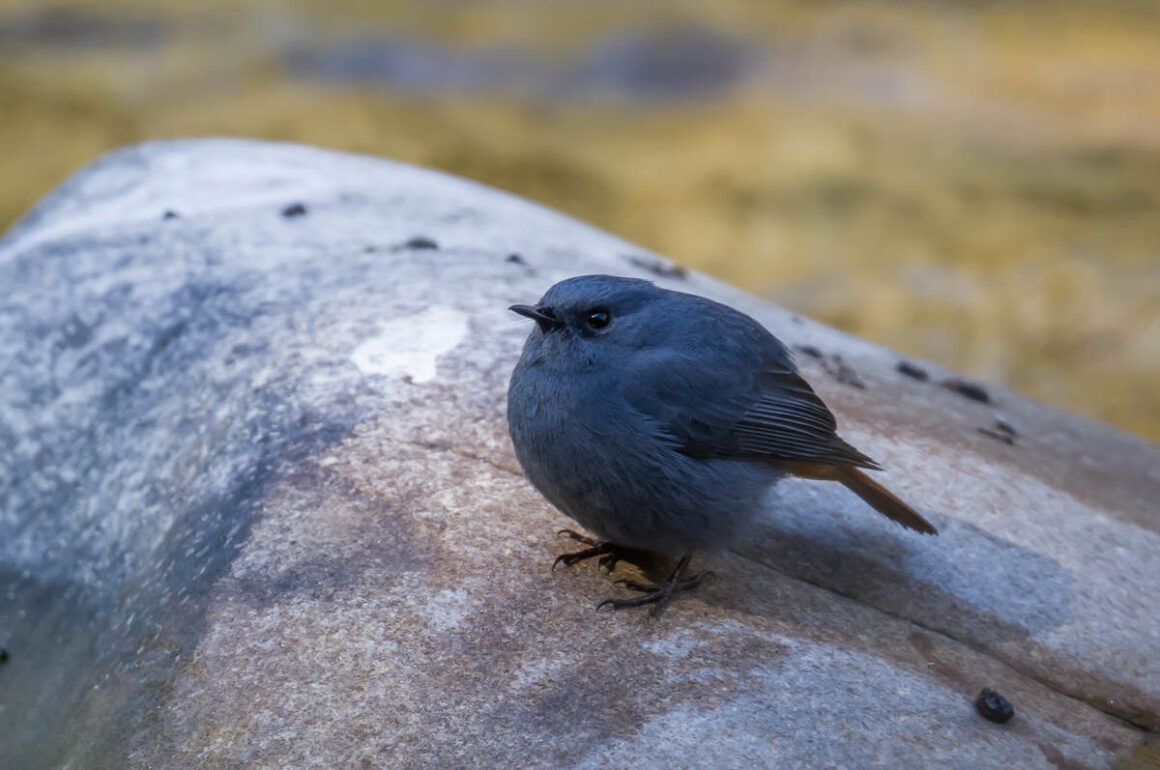
The Datang area stretches North from Tengchong, with basically just one road (G219) having less and less traffic before it eventually peters out in a series of curves about 10 kilometers before reaching the border to Myanmar.
Unfortunately, this makes it sound a bit more interesting for birding than it turned out for me – though admittedly, I spent less than a day there. And the area was recommended to me, so most likely my limited birding skills are to blame, rather than the birds themselves.
That said, there were a few interesting birds, such as the Bar-throated Minla.
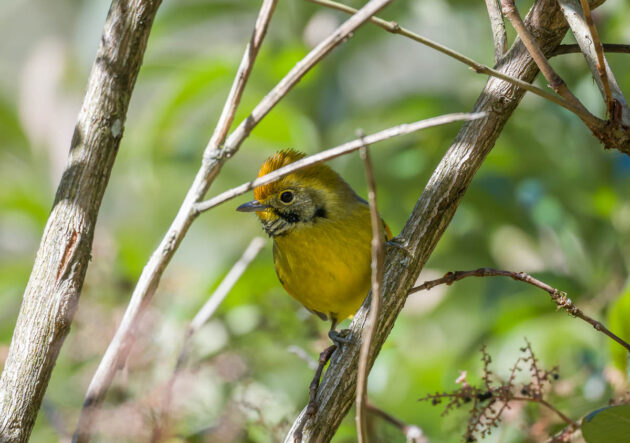
Somewhat strangely, the HBW calls it a “small grey to yellow babbler” – while the species indeed has some grey parts, that is not the color that sticks to mind when seeing or remembering the bird.
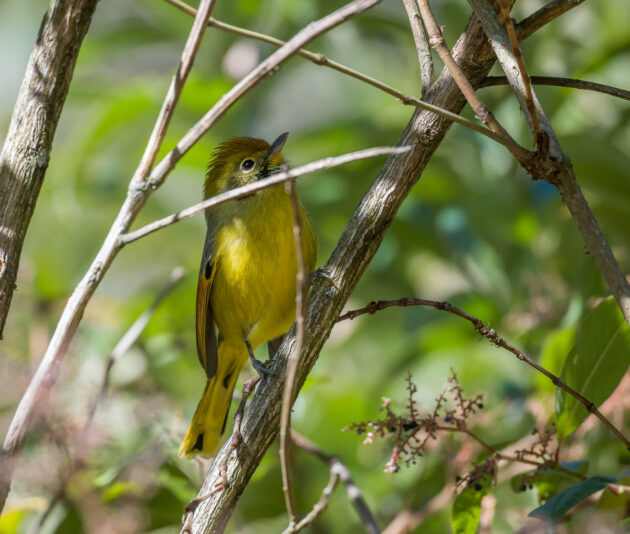
Apart from some limited description in the HBW, there is again rather limited information available on the species, perhaps because it does not usually live on university campuses and thus is not a preferred target for ornithologists.
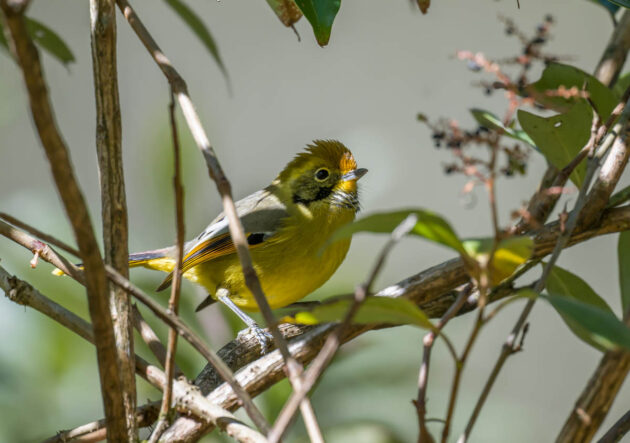
An Indian paper mocks the Beautiful Sibia when discussing the range-restricted species that can be seen at an Indian birding spot, the Eaglenest Sanctuary: “… the ubiquitous Beautiful Sibia Heterophasia pulchella, a drab ashy-grey bird titled beautiful!”
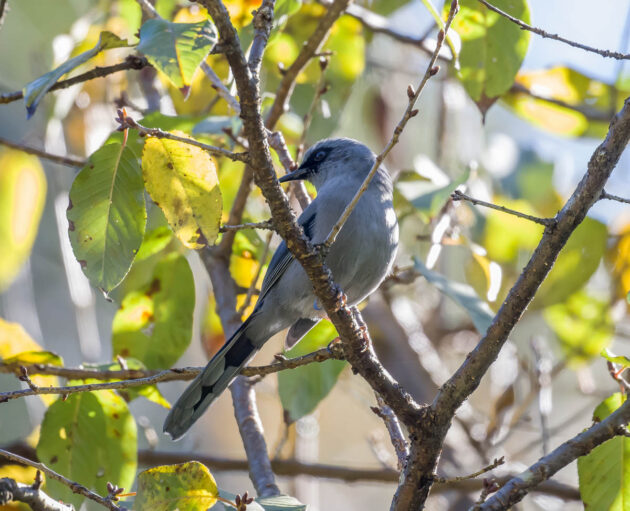
That seems a bit unfair to me. I usually restrict my unfair jokes to humans.
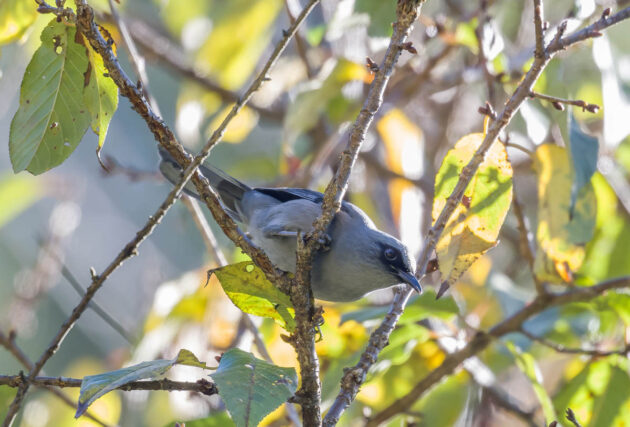
Plus the sibia apparently plays an important role in the pollination of one endangered rhododendron species (source).
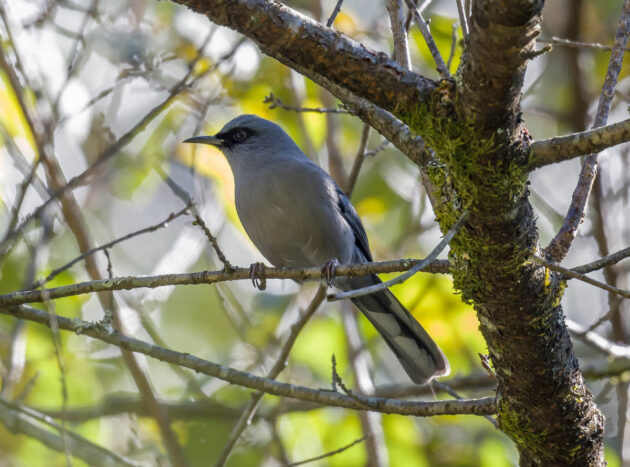
When searching for information on the Black-headed Sibia, I stumbled across a promising-sounding web page titled “Uncovering the Fascinating Behaviors of the Black-headed Sibia“.
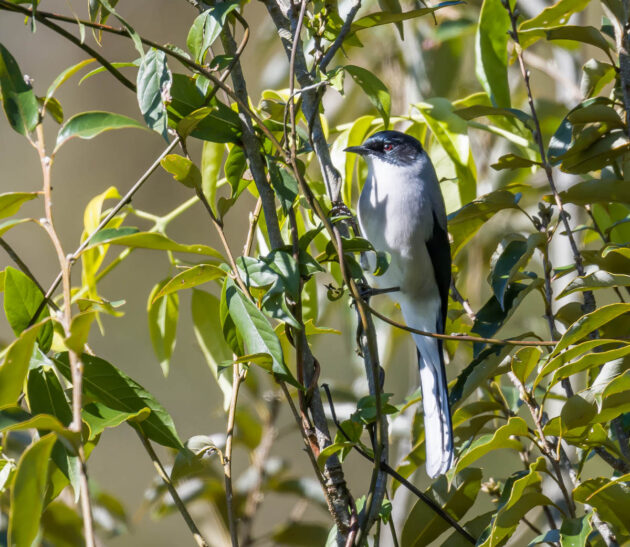
However, the article itself disappoints. The fascinating behavior mainly seems to be that the members of the species “search for insects and larvae in trees”. And the description of the unique appearance of the species is followed by what sounds like a disclaimer, namely that while “… the Black-headed Sibia has distinctive features, it can be confused with other bird species”.
If that was not boring enough, somebody also analyzed the complete mitochondrial genome of the species.
Seeing Blyth’s Shrike-babbler (or White-browed Shrike-babbler) allows me to mention one of my favorite bands, the UK-based Blyth Power (named after a locomotive, not named after the ornithologist Edward Blyth – somehow I suspect that the shrike-babbler is named after the latter though I kind of hope to be wrong).
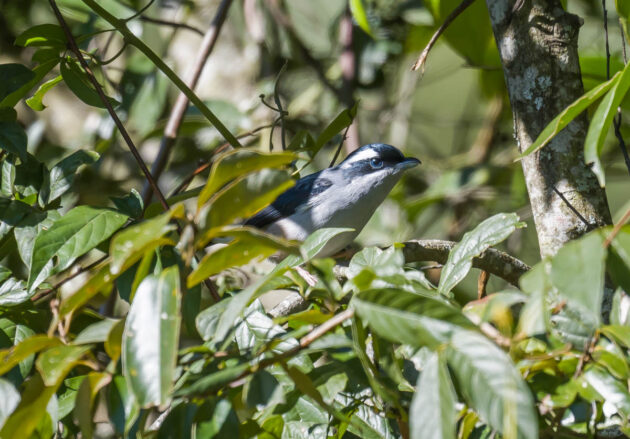
Blyth Power songs that can be accessed online and come with my own recommendation include “Animal Farm“, “Guns of Castle Cary” “Alnwick & Tyne” and “Better to bat“. Advice to bird species that want to get featured on this blog: Don’t choose names that are too similar to names of my favorite bands. For example, a hypothetical National Bulbul would have no chance to get any coverage here.
This is in contrast to the Brown-chested Bulbul. This bird may at some point may have failed to pay its membership fees to eBird – at least judging from the rather hostile description of the species as a “large dull bulbul of scrubby forest edges, farmland, and parks”. Makes the species almost sound a bit apocalyptic.
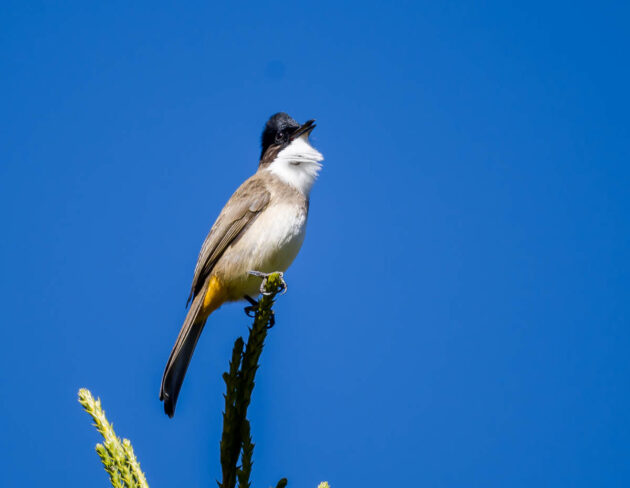
A paper on the species asks the important question “Does nest sanitation elicit egg rejection in an open-cup nesting cuckoo host rejecter?”
To rephrase: if you put some trash into a nest of a bird along with a cuckoo egg, does that improve the chance that the cuckoo egg will be kicked out?
How to find out? Here is what the paper says: “In the first group, we added a blue, non-mimetic egg to the nest of the host, while in the second group we added a blue, non-mimetic egg and a peanut half-shell.” So, either just a fake egg or a fake egg and trash (a peanut shell).
And the result: all peanut shells were expelled, but the ejection rate of the fake eggs was the same in both groups and (I think) quite low at about 53%. So, potentially plenty of cuckoo chicks would have been raised by the bulbuls. Poor bulbuls, but then again, they are large dull birds anyway, according to eBird.
Scientifically speaking, the result is this: “Our study indicated that nest sanitation behavior of Brown-breasted Bulbuls did not influence their egg recognition and that egg discrimination ability of Brown-breasted Bulbuls was not directly related to nest sanitation behavior.”
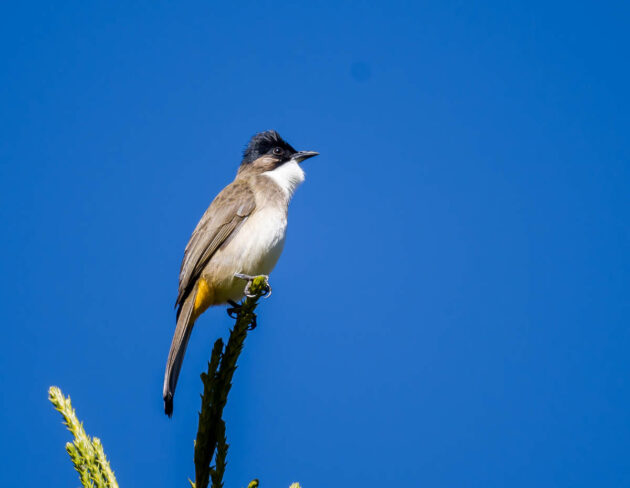
My guess is that this is an Eastern Buzzard. But feel free to disagree.
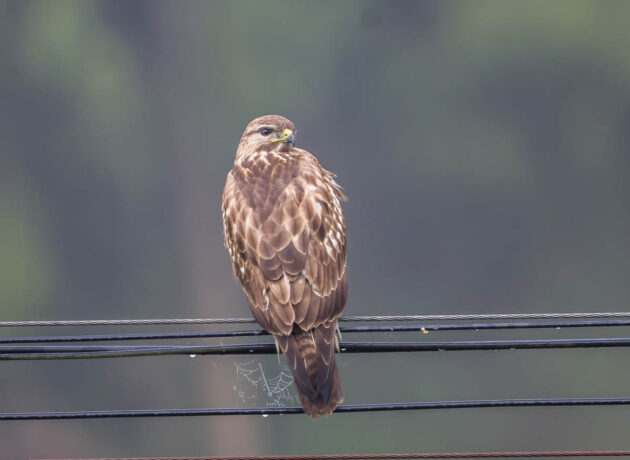
While there are many explanations for how new species might develop, I still find some of the suggested mechanisms a bit implausible. The Eastern Buzzard is an example of how this might happen in reality (source). Aparently, there are two subspecies, one on the Japanese islands and one on the Asian mainland. While they winter together on some of the Western islands of Japan, they then migrate along very different pathways, one on the mainland and one along the string of Japanese islands. As the Sea of Japan is in between these two pathways (and buzzards neither like to swim nor to fly long distances over water due to the lack of thermals), these pathways seem to be quite separate from each other, and indeed the two subspecies have been genetically separate for about 0.8 million years (which is a long time for example when watching a boring movie, but not a very long period by the generous standards of evolution).
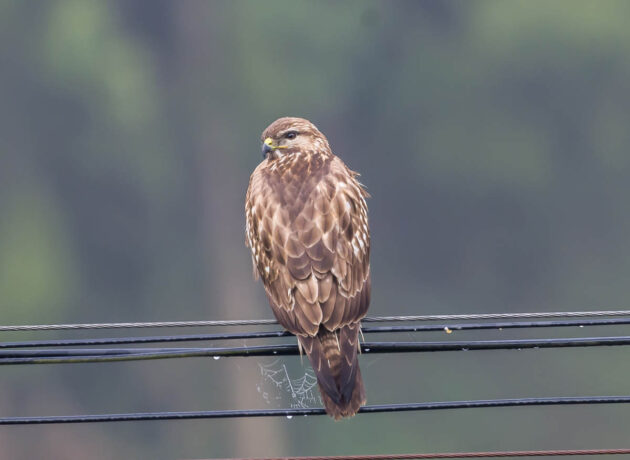
Green-backed Tits seem to have been studied fairly extensively by ornithologists, which makes me wonder whether the species prefers nesting on university campuses or near good yet affordable hotels.
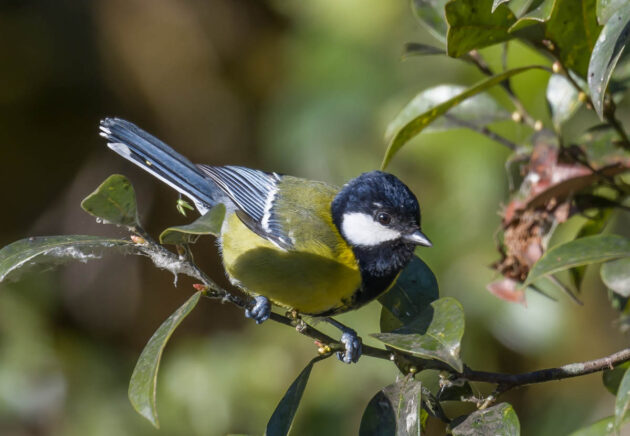
For example, one study found that male tit parents prefer to feed large and medium-sized chicks while female tits make no such distinction. Judging from my experience in the human world, a very predictable result.
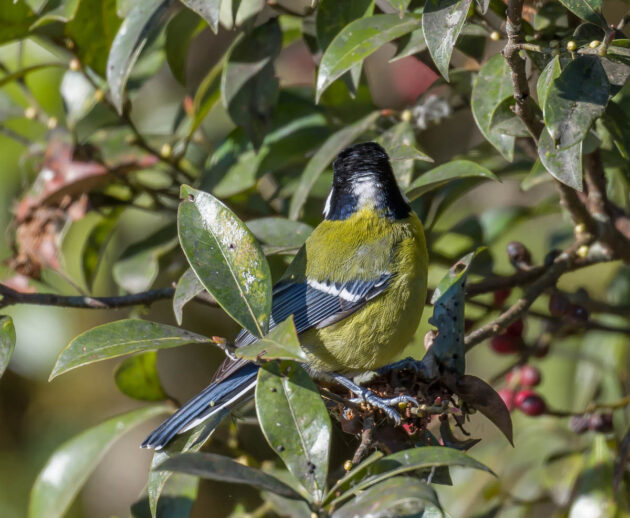
Another study had a similarly predictable result: Green-backed Tits are able to discriminate against eggs of the wrong color (for example, added by a cuckoo) unless it is too dark.
(Under pressure, I might admit that the actual findings of the study are a bit more sophisticated, but that would reduce the humorous value of introducing them to my readers. Anyway …)
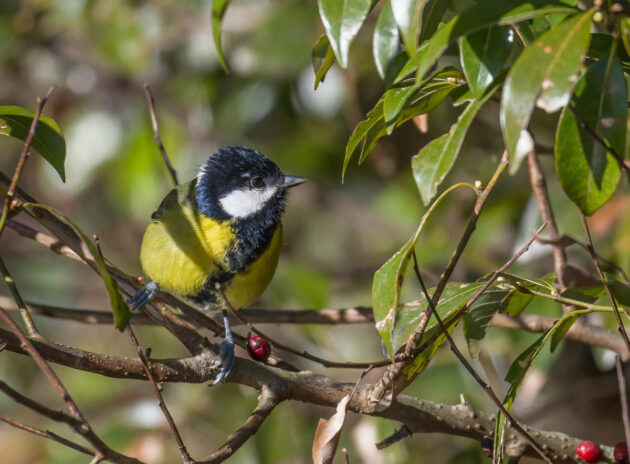
This Leaf Warbler is a bit embarrassed about its boring appearance and similiarity to many other species, and would therefore prefer that its species name is not mentioned here. Most birders will understand.
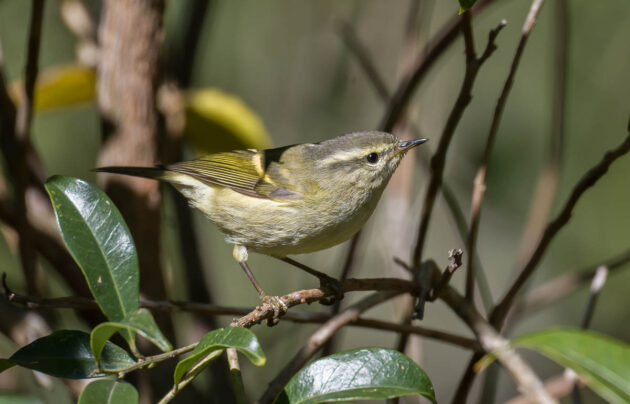
Red-tailed Minlas stay slim by only eating very small insects that are hard to reach. A weight loss strategy also recommended for humans.
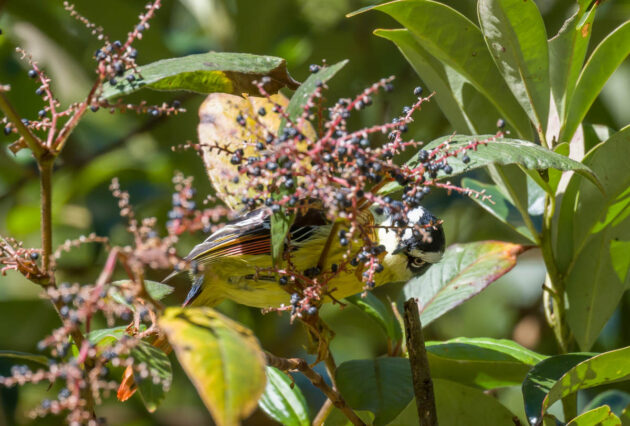
The Mandarin Chinese name Huo Wei Xi Mei (fire-tailed babbler) is a bit more interesting than the English name, and better aligned with the scientific name ignotincta.
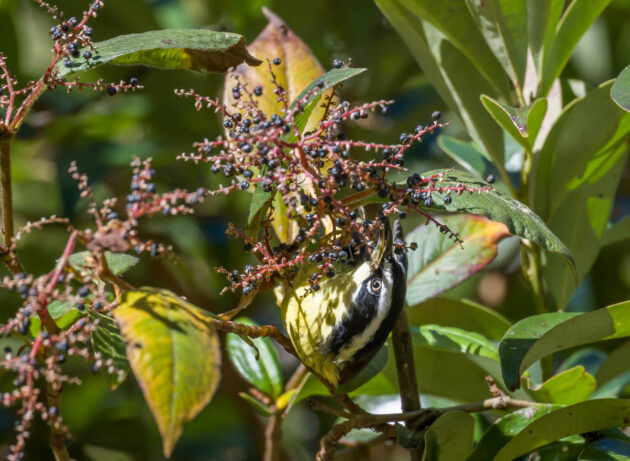
Yes, sometimes I have more photos that I want to show than useful information.
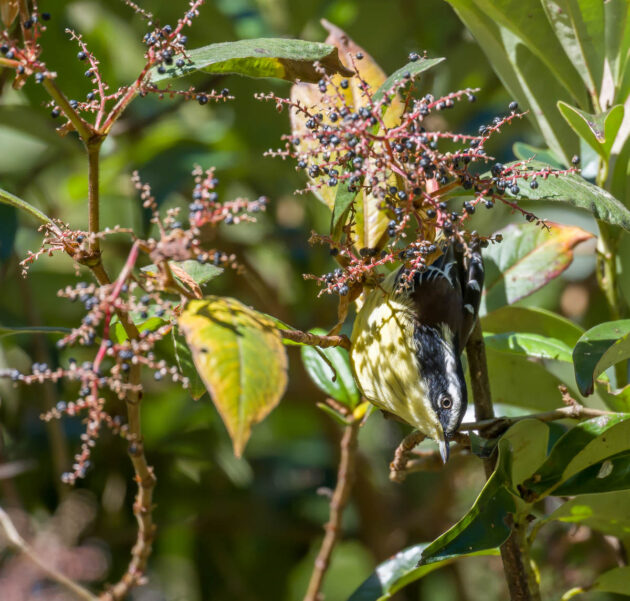
One Indian study found that Plumbeous Water Redstarts (and many other birds) seem to avoid the proximity of mobile phone towers. Unfortunately, I cannot judge at all how solid the science of this paper is (instinctively – being a chemist who has robust exposure to all kinds of toxic chemicals in the lab – I tend to think of such studies as likely coming from people permanently wearing aluminum foil hats, but I may well be totally wrong).
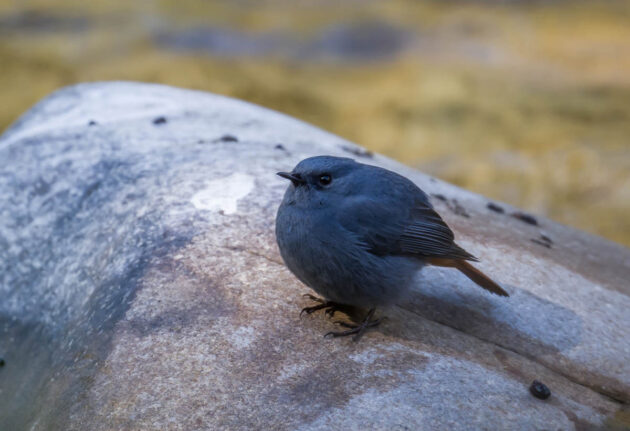
If you think of studying ornithology but dislike maths, you might want to read this excerpt of an abstract on the presence of Plumbeous Water Redstart at some Himalayan rivers first:
“We then compared the performance of multiple discriminant analysis (MDA), logistic regression (LR), and artificial neural networks (ANN) in predicting this species’ presence or absence from 32 variables describing stream altitude, slope, habitat structure, chemistry, and invertebrate abundance. Using the entire data (=training set) and a threshold for accepting presence in ANN and LR set to P?0.5, ANN correctly classified marginally more cases (88%) than either LR (83%) or MDA (84%). Model performance was assessed from two methods of data partitioning. In a ‘leave-one-out’ approach, LR correctly predicted more cases (82%) than MDA (73%) or ANN (69%). However, in a holdout procedure, all the methods performed similarly (73–75%). All methods predicted true absence (i.e. specificity in holdout: 81–85%) better than true presence (i.e. sensitivity: 57–60%). “
Don’t say you have not been warned.
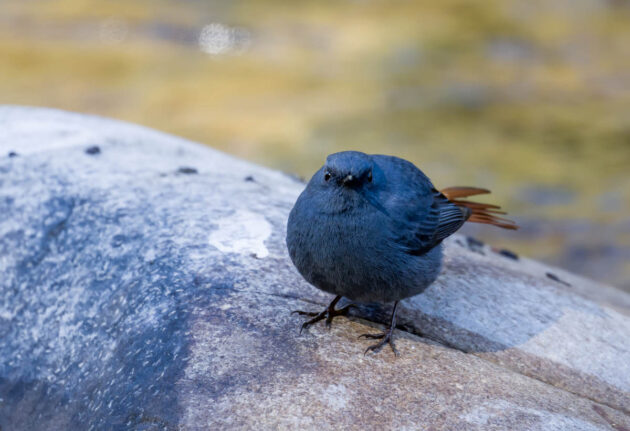
I have to confess I do not quite know what the “whiskered” in the Whiskered Yuhina name refers to. I cannot easily spot any whiskers.
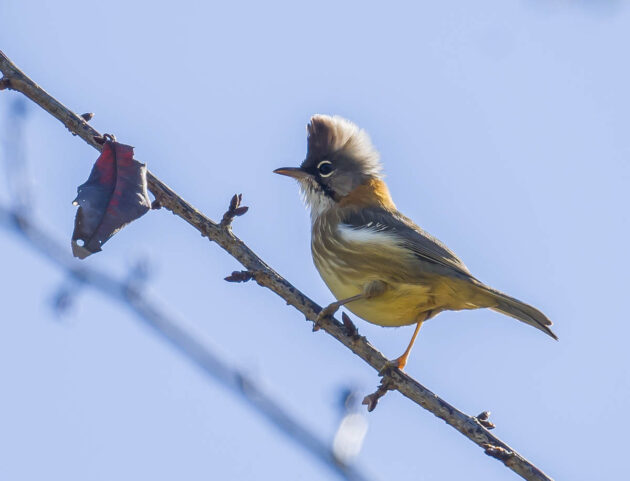
The Chinese name (yellow-necked babbler) and the scientific name flavicollis (“golden-necked”) make much more sense to me.
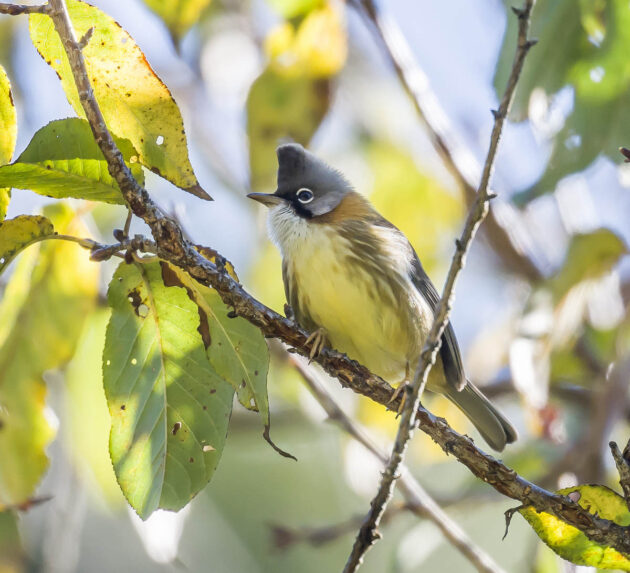
Anyway, another bird species without much scientific information on it – an appropriately lame ending to a lame post.
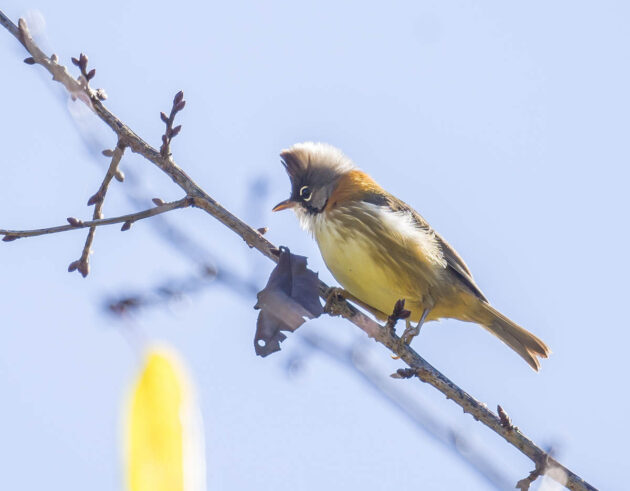





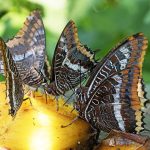
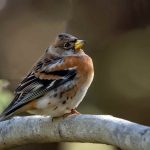



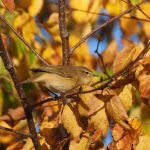
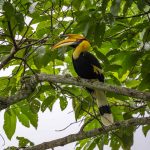
I am sure we can ID that warbler for you, Kai. Calling upon all warblerists – what is it? My guess is a Phylloscopus maculipennis.
It might also be a Buff-barred warbler (Pylloscopus pulcher).
And the “whiskered” in Whiskered Yuhina refers to the back stripe coming down from the beak; colloquially, the work can also mean mustache.
Thanks Naf! I found the bar a bit too yellow for the buff-barred, but that could be my screen colours too. Having whiskers myself I agree with you on the Yuhina!
You really do need to write another book… this write up had me falling about laughing with reference to the tin hat scientists ? superb to read and superb shots to admire my friend. Best wishes